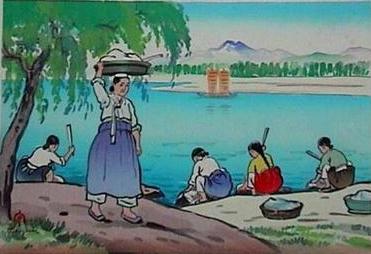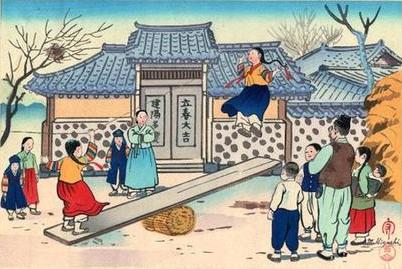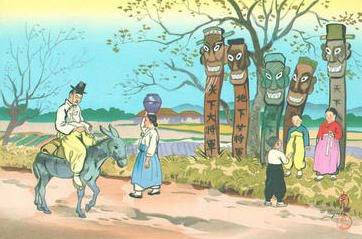Japanese art and fond memories of Korea: Hiyoshi Mamoru – colonialism
Lee Jay Walker
Modern Tokyo Times

The Japanese artist Hiyoshi Mamoru studied under the esteemed artist Okada Saburosuke (1869-1939). He was born during the Meiji Period (1868-1912). However, he also lived in Korea, when this country was ruled by Japanese colonialism.
In the art images in this article, Mamoru fondly remembers his time in Korea. Naturally, for art lovers, the images are serene. Hence, several art pieces highlight children playing – this pertains to his teaching in Korea. However, for many Koreans, it might seem insincere. After all, Koreans were now ruled by the diktats of a foreign nation under Japanese colonialism – and great suffering unfolded.

It is known that Mamoru supported pro-Japanese activities in Korea. Hence, he was one of several founding members of the pro-Japanese Kyungsung Artists’ Association. However, it should be noted that in the land of Mecca in Saudi Arabia, they only abolished slavery in the early 1960s. Therefore – similar to other colonial empires from the British to the Ottomans – anyone connected to education, religious activities, and so forth will have belonged to similar types of associations – similar to what the Javanese are doing in modern times in Indonesia in West Papua and the Bengalis who are crushing the mainly Buddhists of the Chittagong Hill Tracts in Bangladesh.
Of course, the enslavement policies of the Arabs to the British – and countless others – are all despicable at the highest level. The same applies to other areas of colonialism and power concentration – along with undermining the indigenous culture via language, control of resources, religion, and so forth.

Thus Mamoru is similar to other artists, religious leaders, teachers, writers, and so on who happened to reside in a nation under occupation. This is an angle all too familiar to countless nations all over the world concerning the legacy of colonialism. Therefore, if you view the art of Mamoru, he provides personal fond memories of Korea through the prism of art.
The Lavenberg Collection of Japanese Prints says, “In the early 1950s he began designing woodblock prints for the publisher Kyoto Hangain. Most of these works consist of scenes of Korean customs and scenic places, idyllic remembrances of Mamoru’s many years living there. Typically, they are signed M. Hiyoshi with a stylized seal of Mamoru [守], as shown below.”

Mamoru provides a Korea that belonged to his heart. Hence, from an artistic point of view, his art is stunning and provides some details about his life in Korea during the colonial period.
https://www.myjapanesehanga.com/home/artists/hiyoshi-mamoru-1885.html

Modern Tokyo News is part of the Modern Tokyo Times group
http://moderntokyotimes.com Modern Tokyo Times – International News and Japan News
http://sawakoart.com – Sawako Utsumi’s website and Modern Tokyo Times artist
https://moderntokyonews.com Modern Tokyo News – Tokyo News and International News
PLEASE JOIN ON TWITTER
https://twitter.com/MTT_News Modern Tokyo Times
PLEASE JOIN ON FACEBOOK